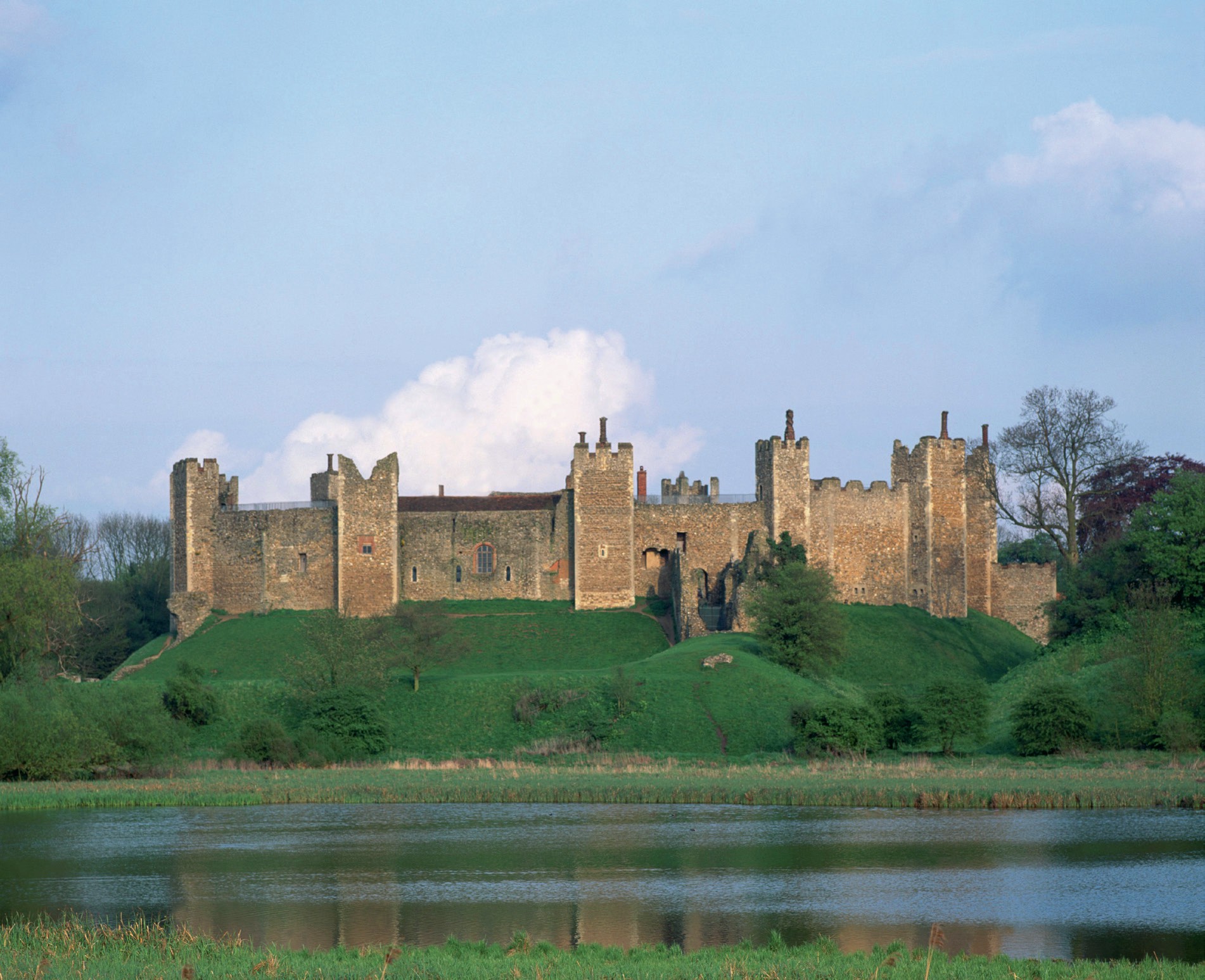
Framlingham Castle has a long and distinguished history which began back in the 1100s when Roger Bigod was granted the manor of Framlingham by Henry I. While Roger is likely to have built a wooden fortification on the site, it was his son Hugh Bigod who first erected a stone fortification there.
Upon being made the Earl of Norfolk in 1140, Hugh appears keen to have built a strong castle yet also a residence in keeping with his newfound status. Hugh’s alterations to the lands surrounding the castle included a large mere to provide a plentiful supply of fish, as well as the development of the castle’s Great Park so that Hugh and his guests might enjoy hunting deer. Unfortunately, the castle was affected by alterations of a very different kind when its fortifications were destroyed on the orders of Henry II following Hugh’s involvement in a rebellion in 1173.
Your organisation does not have access to this article.
Sign up today to give your students the edge they need to achieve their best grades with subject expertise
Subscribe




